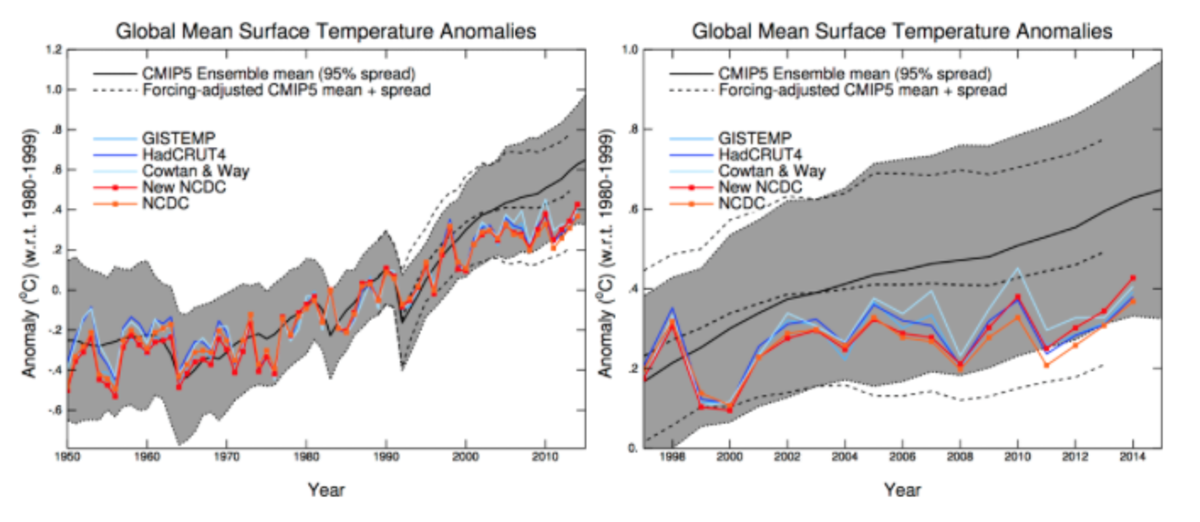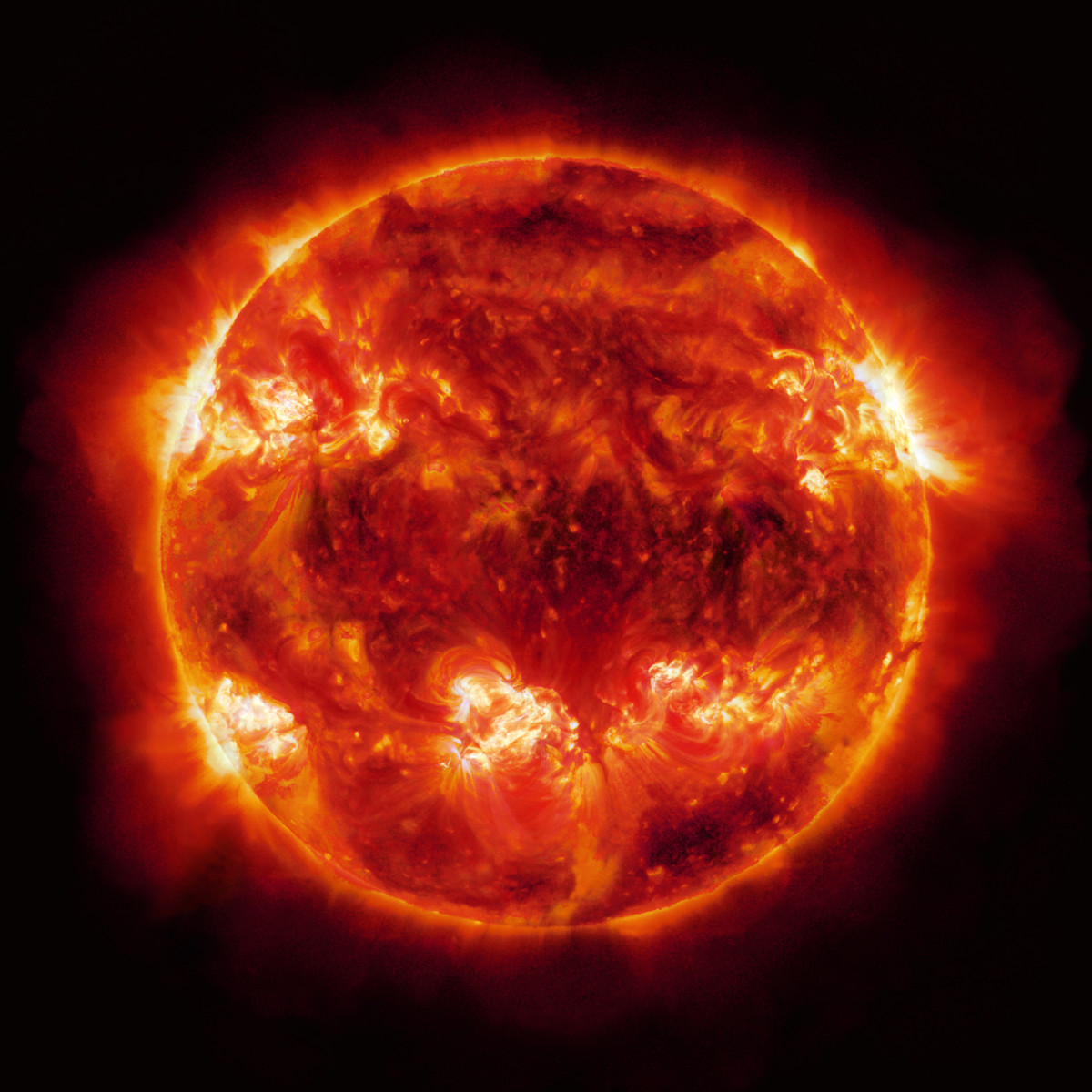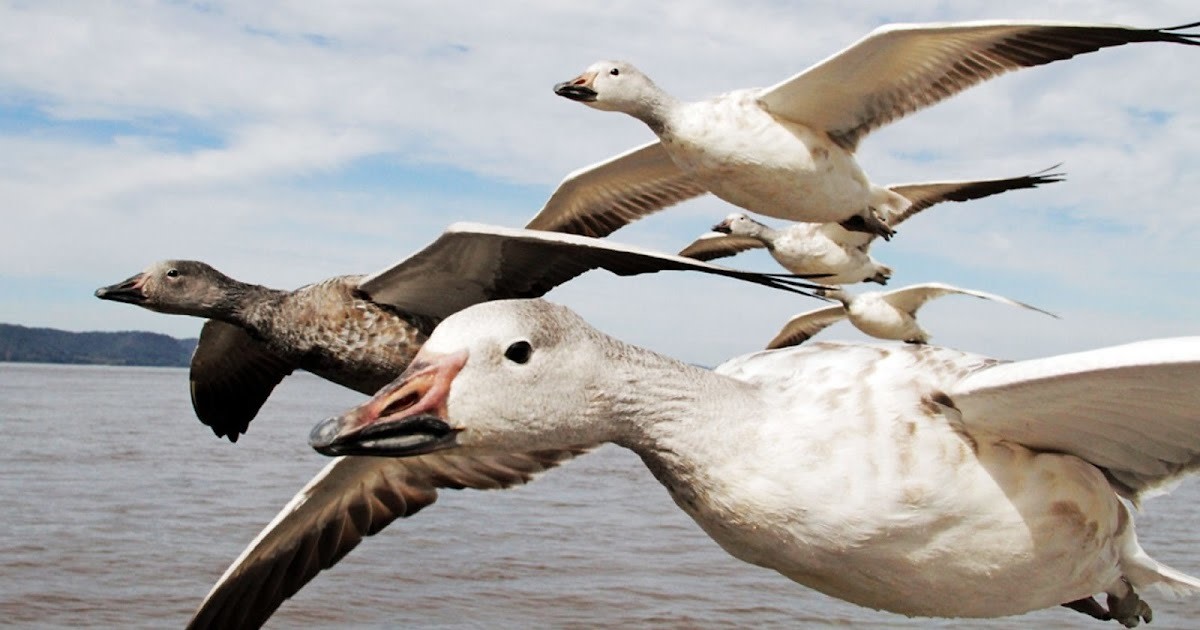Irruptions: A Powerful Message for the Future of Birds
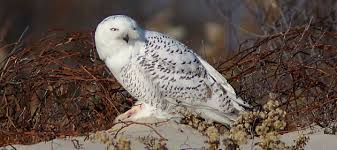
Overview
2015 has been a remarkable year for irruptive species. Over the winter of 2014-2015, the Snowy Owl went as far south as Florida, which has been known to happen. Many people were amazed at seeing this beautiful white owl that appears to be smiling sitting on airport tarmacs. This owl normally remains in the Arctic polar regions, but has been known to venture in the southern states from time-to-time, last seen as far south as Tennessee during January of 2009, where it had not been since 1987.

Why Snowy Owls This Time?
Why does this bird come so far south instead of staying nearer its home territory?
Snowy Owls thrive on lemmings and other small rodentia. As opportunistic hunters, they will even dine on squirrels, rabbits, voles, and songbirds. Their diet is not limited to this short list of items, which gives them enough food to rely on, so that the species will not lose its numbers due to too many problems with food sources. However, if two feet of snow is between the owl and the prey, they will go elsewhere to get what they need in a timely manner. Not only that, they had a remarkable and productive breeding season in the Canadian arctic, so most of the birds in the south were juveniles.
Also within their bodies is a clock that tells them when to breed and when to migrate during the spring and summer. Research has indicated that they possess the needed equipment to sense that magnetic pull, and surprisingly, this anomaly has been known to have problems reaching these birds in urban areas with tall buildings. These structures block the path of said magnetism.
Have You Seen Unusual Birds in Your Area?
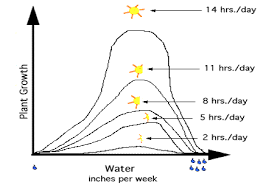
Global Warming and Food for Migratory Birds
However, within the past few decades, these birds have been known to do many out of the ordinary things. More research has been done to determine favorite food sources, optimal times for breeding, as well as locations that provide the best food sources. It is rarely just one thing that drives birds to certain locations, but a big factor on that agenda can be food. The more birds that go to one area, that food can be rapidly depleted, and they have to move accordingly. Also, keep in mind with the shrinking polar cap, these birds will be running into difficulties having enough breeding territory in the very near future.
With the global warming problem, some of these food sources have been steadily moving north in warmer winter climates. Certain cold water fish must have specific foods in order to meet their needs, and if these plants or crustaceans, for example, are also moving north for the same reasons, they in turn, will do the same. If a plant requires a mean ambient water temperature of 48-62 degrees Fahrenheit, it will cease to exist, and the fish will move further north in order to obtain it, or die. This does happen, but nature is giving these fish the cue to move where they are more comfortable, as well.
Just like fish, vegetable matter has been known to be choked out by plants that will grow at warmer water temperatures. Therefore specific plants will perish if too warm, or die if too cold. It is all relative, and this bears on irruptions for both northern and southern climates.
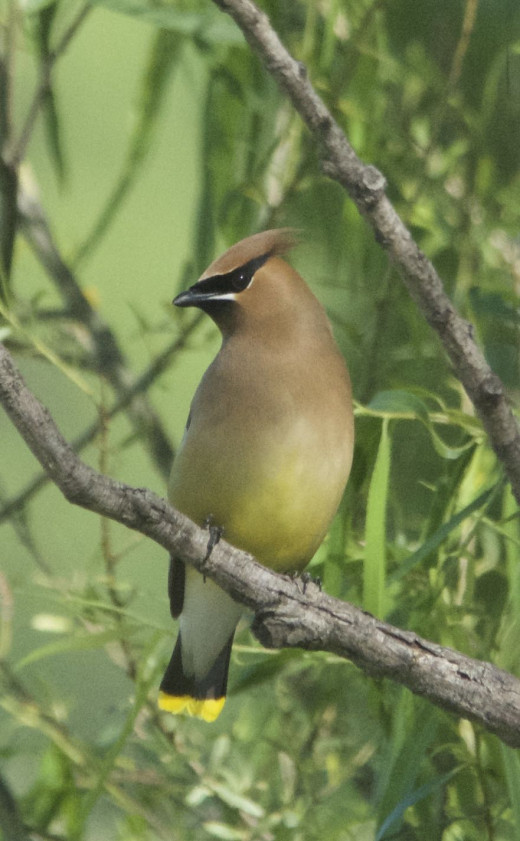
Why Did We Get An Overabundance of Cedar Waxwings This Year?
As an example for irruptive activity in the southern region, this has been an excellent spring for Cedar Waxwings in Oklahoma. This spring during migration in mid-May, there were sixty individuals on Boomer Lake in Stillwater, OK.
Again, why did this irruption occur?
Cedar Waxwings thrive on fruit of nearly any kind, and since we have received a large amount of rain in the spring of both 2014 and 2015, this was cause for a burst in fruit growth, as well as seeds for the seed eating birds. For the sake of space, I’ll just concentrate on the Cedar Waxwings, and omit anything to do with seeds. However, let it suffice to say that the results for seed eaters are nearly identical in my generalized research.
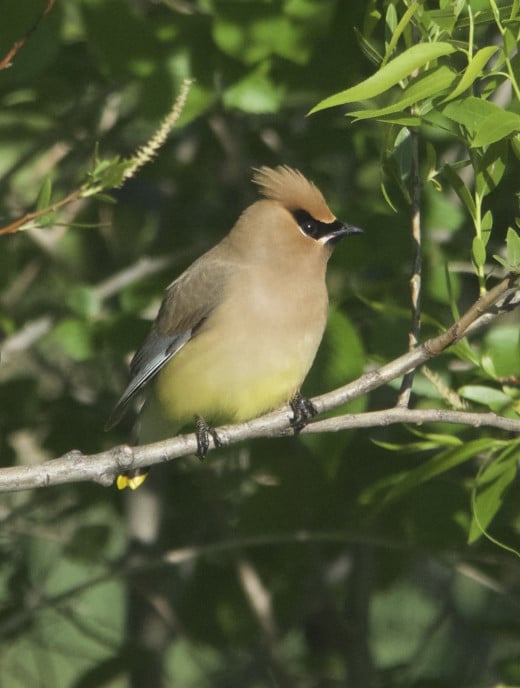
Can We Predict Irruptions?
Since the waxwings breed further north, they fueled up where they found copious amounts of fruit. There are still a few of these birds in the area, namely Sanborn Lake, also in Stillwater, Oklahoma. For the most part, these birds are on their natural breeding grounds in Maine and Canada. Will there be stragglers there? Of course.
In a nutshell, there can be irruptions for various reasons, so it is possible to predict what birds might be where at any given time. That’s why it is such a necessity for birders and other people interested in specific avian activity to watch their own feeders, as well as popular birding areas and report these results to the Cornell Lab of Ornithology via http://ebird.org/content/ebird/ . It is only through research that we will develop answers to the problems of global warming, and lack of food and habitat.
© 2015 Deb Hirt




